Hair thinning isn’t just “part of getting older.”
Sometimes, it’s the little things we’re doing—daily—that are making it worse.
The wrong shampoo.
A tight ponytail.
Skipping scalp care altogether.
They may seem harmless, but over time, these habits can sabotage even the healthiest strands.
And the worst part? Most women don’t even realize they’re doing it.
Your hair deserves better than silent damage and mystery shedding.
It deserves intention, care, and a routine that supports growth—not undermines it.
So before you blame age, hormones, or bad luck—take a closer look.
Here are 13 sneaky mistakes that could be costing you your hair.
Over-washing Hair
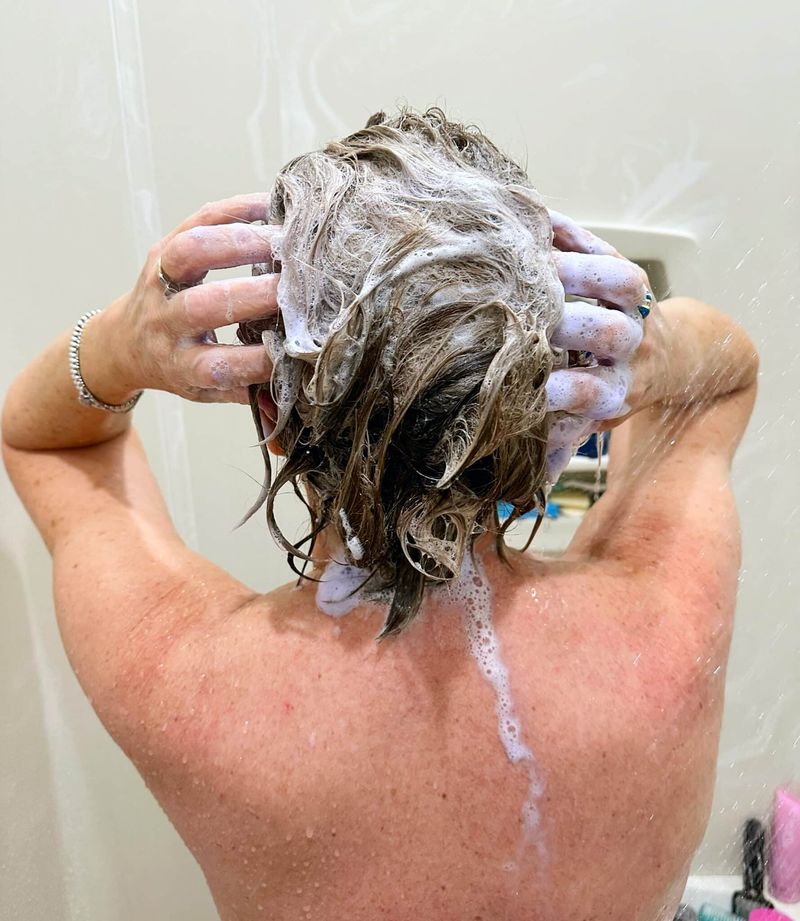
Many believe that frequent washing keeps hair clean and healthy.
However, over-washing strips natural oils, essential for maintaining hair moisture. Older women often experience drier hair, exacerbated by this practice.
Using gentle, sulfate-free shampoos can mitigate this issue, maintaining the natural balance. Consider washing hair less frequently to preserve these beneficial oils.
Engaging beauty routines should evolve with age, allowing for healthier hair by reducing wash frequency. Ensuring hydration and moisture is key to tackling dryness and promoting hair vitality.
Ignoring Scalp Health

Scalp health often goes unnoticed. Yet, a healthy scalp is the bedrock of vibrant hair. Many older women neglect this aspect, focusing solely on hair strands.
Regularly massaging the scalp with nourishing oils can boost circulation and promote growth. It’s a soothing ritual that nurtures both hair and mind.
Avoid harsh products that irritate the scalp, causing dryness and flakiness. Emphasizing scalp care brings life back to hair, creating a lush, fuller appearance with enhanced shine and resilience.
Tight Hairstyles
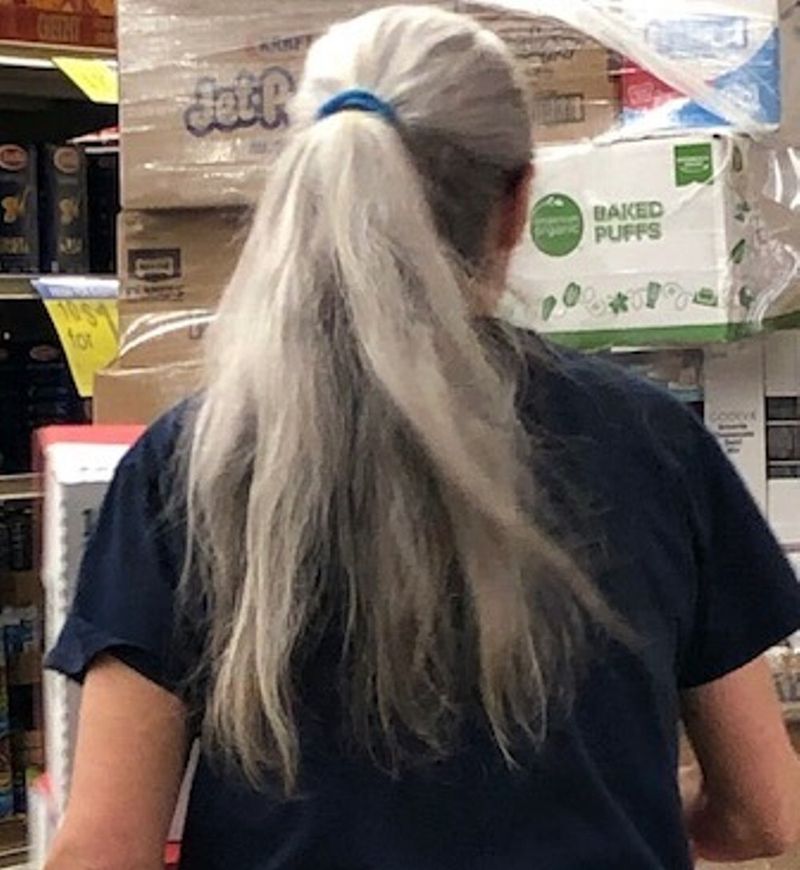
Tight hairstyles, like ponytails or braids, pull on hair roots and cause stress. Over time, this leads to traction alopecia, a condition causing hair loss.
Opt for looser styles to minimize stress on the scalp. Older women should embrace natural textures, allowing hair to flow freely without tension.
A simple change in hairstyle can reduce hair damage significantly. Soft, relaxed styles are not only trendy but also kind to aging hair, reducing breakage and promoting healthier growth.
Using Harsh Chemicals
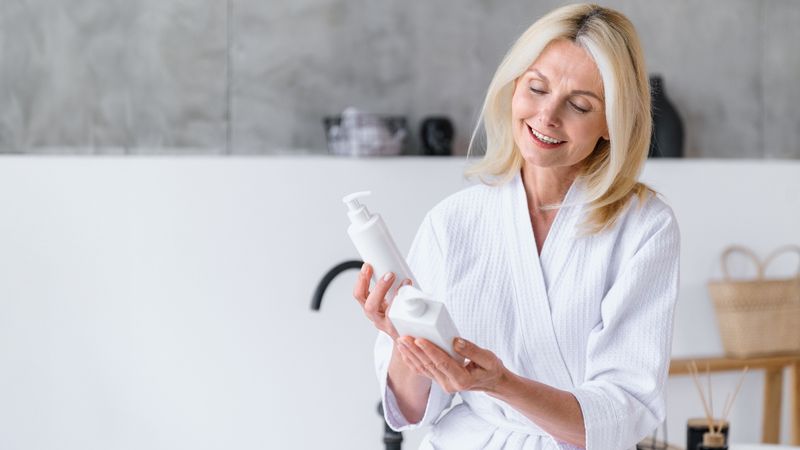
Chemical treatments like dyes and perms can damage hair structure, particularly for older women whose hair is more fragile. These chemicals strip protective layers, resulting in dryness and breakage.
Consider using semi-permanent dyes or natural alternatives to protect hair integrity. Embrace your natural color or opt for gentle highlights.
Switching to softer products helps maintain the hair’s natural shine and strength. Your hair deserves care that reflects its beauty, nurturing its health with every choice you make.
Lack of Sun Protection
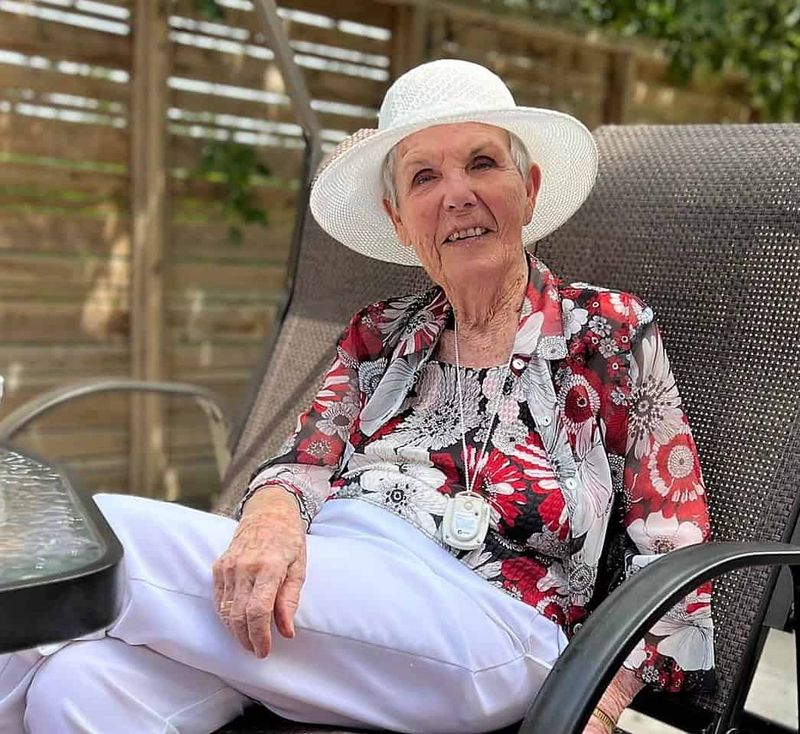
Sun exposure can be as damaging to hair as it is to skin. UV rays weaken hair strands, leading to dryness and color fading.
Wearing hats or using leave-in conditioners with UV protection shields hair from these harmful rays. It’s a simple yet effective way to preserve hair’s vibrancy.
Embracing sun protection as part of your routine ensures your hair remains strong and radiant. Just like skin, your hair needs a reliable defense against the sun’s relentless assault.
Poor Diet

Nutrition plays a vital role in maintaining healthy hair. A diet lacking in essential nutrients can lead to hair loss and dull texture. Older women often overlook dietary needs, impacting hair health.
Incorporate foods rich in vitamins and minerals, such as leafy greens and proteins, into your diet for nourished hair.
A balanced diet not only benefits your body but revitalizes your hair from within. Fuel your hair with the nutrients it craves for a fuller, more vibrant look.
Skipping Regular Trims
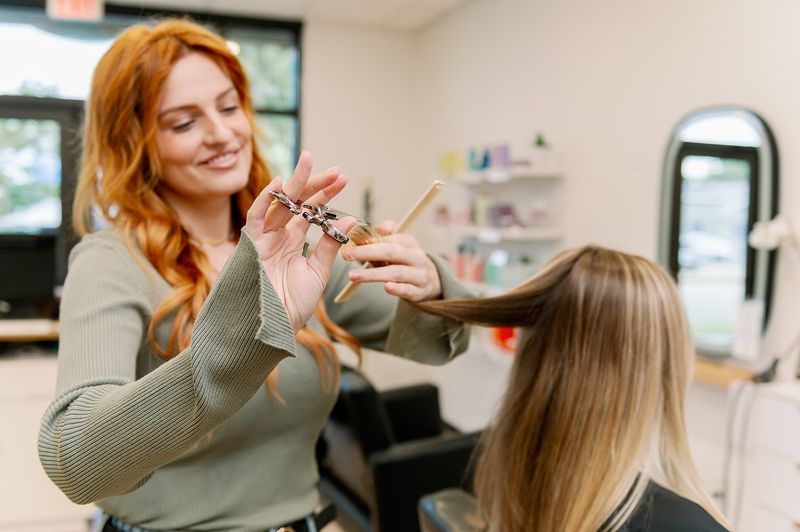
Regular trims are essential for maintaining healthy hair. Skipping haircuts results in split ends, making hair look thin and lifeless.
Many older women avoid trims to preserve length, unintentionally harming hair health.
Trimming every 6-8 weeks helps manage split ends, allowing hair to grow stronger and healthier.
Embrace the scissors and say goodbye to unhealthy ends. This simple habit refreshes your look and supports hair’s natural growth, ensuring it remains lively and bouncy.
Brushing Wet Hair

Wet hair is more prone to breakage. Brushing it can cause significant damage, leading to hair loss over time. Yet, many older women continue this practice unaware of its implications.
Opt for a wide-tooth comb or detangling brush designed for wet hair. This minimizes breakage and eases knots gently.
Treat wet hair with care and patience to preserve its strength. A gentle touch ensures your hair’s longevity, keeping it smooth and free from unnecessary stress.
Neglecting Moisture
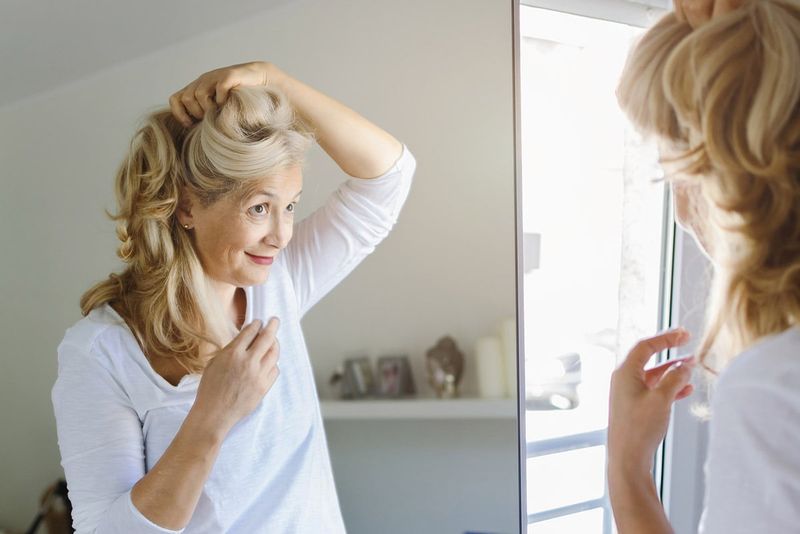
Hair moisture is crucial, especially as we age. Older hair tends to be drier, requiring extra hydration to maintain its luster. Neglecting moisture leads to brittle, lifeless hair.
Incorporate deep conditioning treatments into your routine to lock in moisture, leaving hair soft and supple.
Hydrated hair is happy hair. By prioritizing moisture, you ensure each strand remains resilient and shiny, radiating vitality and youthfulness.
Using High Heat Styling Tools
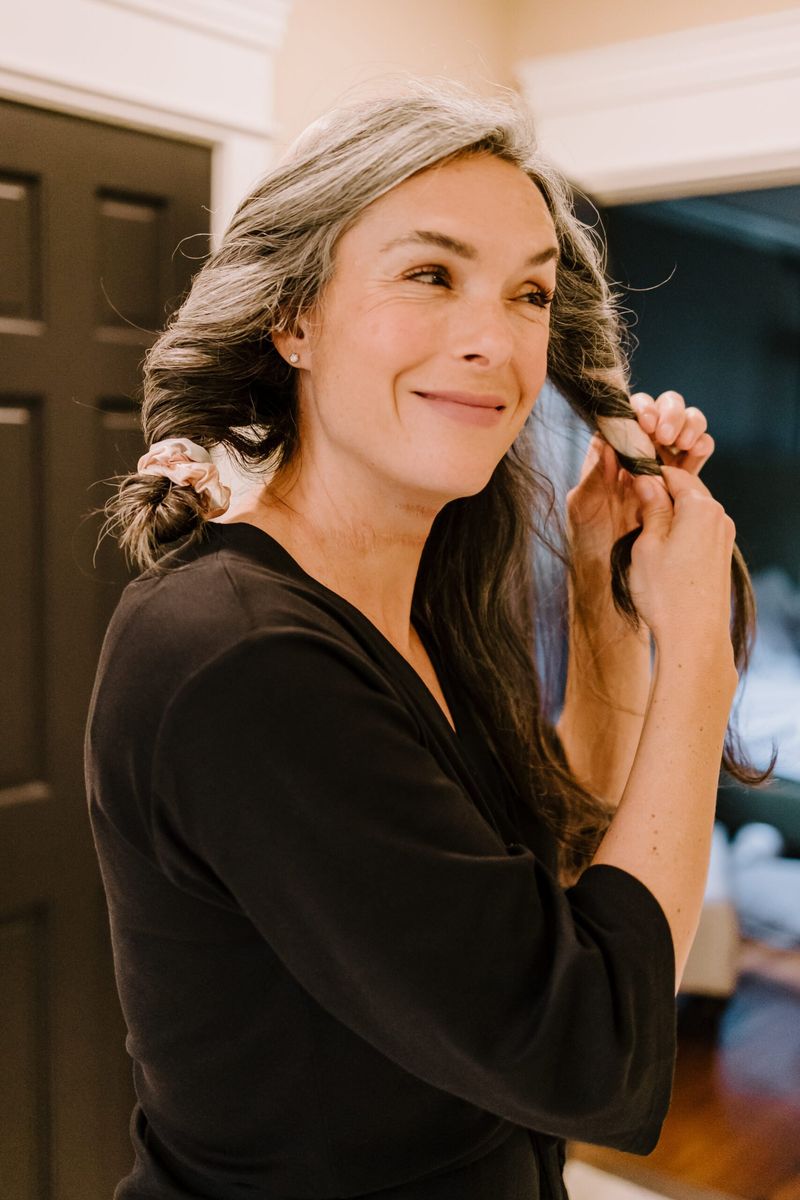
High heat from styling tools can wreak havoc on hair, leading to dryness and breakage. Many older women rely on these tools for styling, unaware of the long-term damage.
Lower the temperature setting and use heat protectants to minimize harm. Embrace natural styles that don’t require excessive heat.
Protect your hair from the relentless heat and discover new styles that celebrate its natural beauty. Your hair will thank you with added strength and shine.
Disregarding Hair Type

Using products not suited for your hair type can lead to poor results. Older women often ignore this, using generic products that don’t cater to specific needs.
Identify your hair type—be it curly, straight, or wavy—and choose products designed to enhance its natural beauty.
Understanding your hair’s unique needs transforms your hair care routine. Tailor your products and watch as your hair thrives, reflecting the love and attention it deserves.
Sleeping on Rough Fabrics
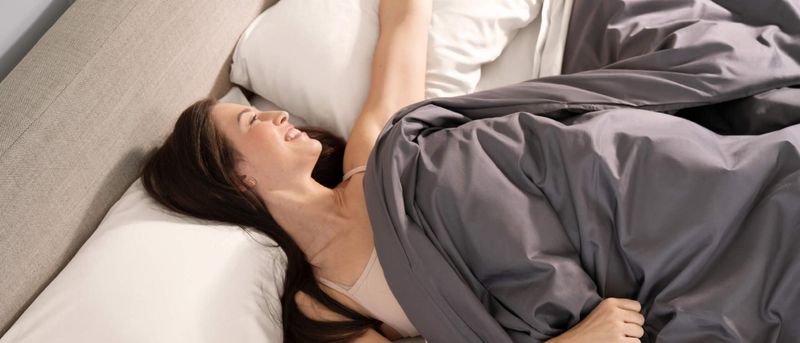
Rough pillowcases can cause friction, leading to hair breakage. Many older women sleep on cotton, unaware of its effects on hair health.
Switching to silk or satin pillowcases reduces friction, preserving hair integrity and reducing split ends.
Transform your sleep environment to protect your hair overnight. It’s a small change with significant benefits, leaving your hair smooth and refreshed each morning.
Stress and Lack of Sleep
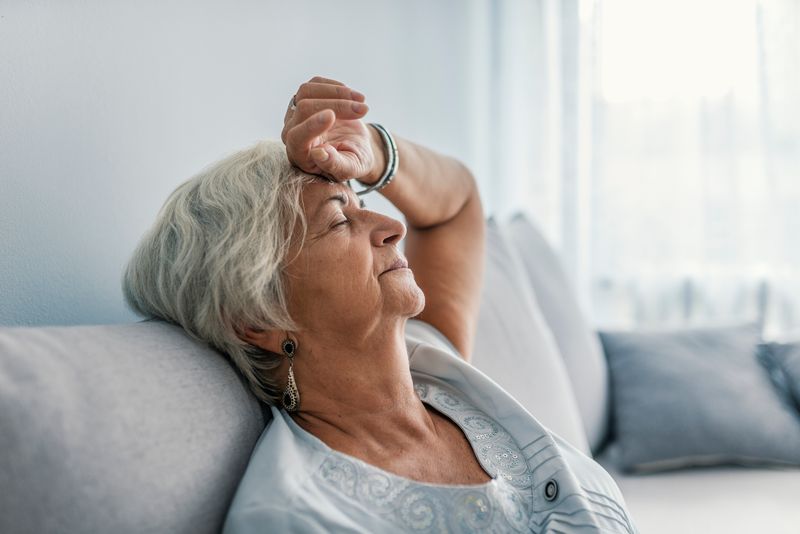
Chronic stress and insufficient sleep impact overall health, including hair vitality. Stress can trigger hair loss, while sleep is essential for recovery and growth.
Incorporate relaxation techniques like meditation to manage stress. Prioritize quality sleep to support hair health.
Nurture your mind and body to foster a nurturing environment for your hair. Balance and rest are keys to unlocking your hair’s potential, keeping it robust and thriving.
